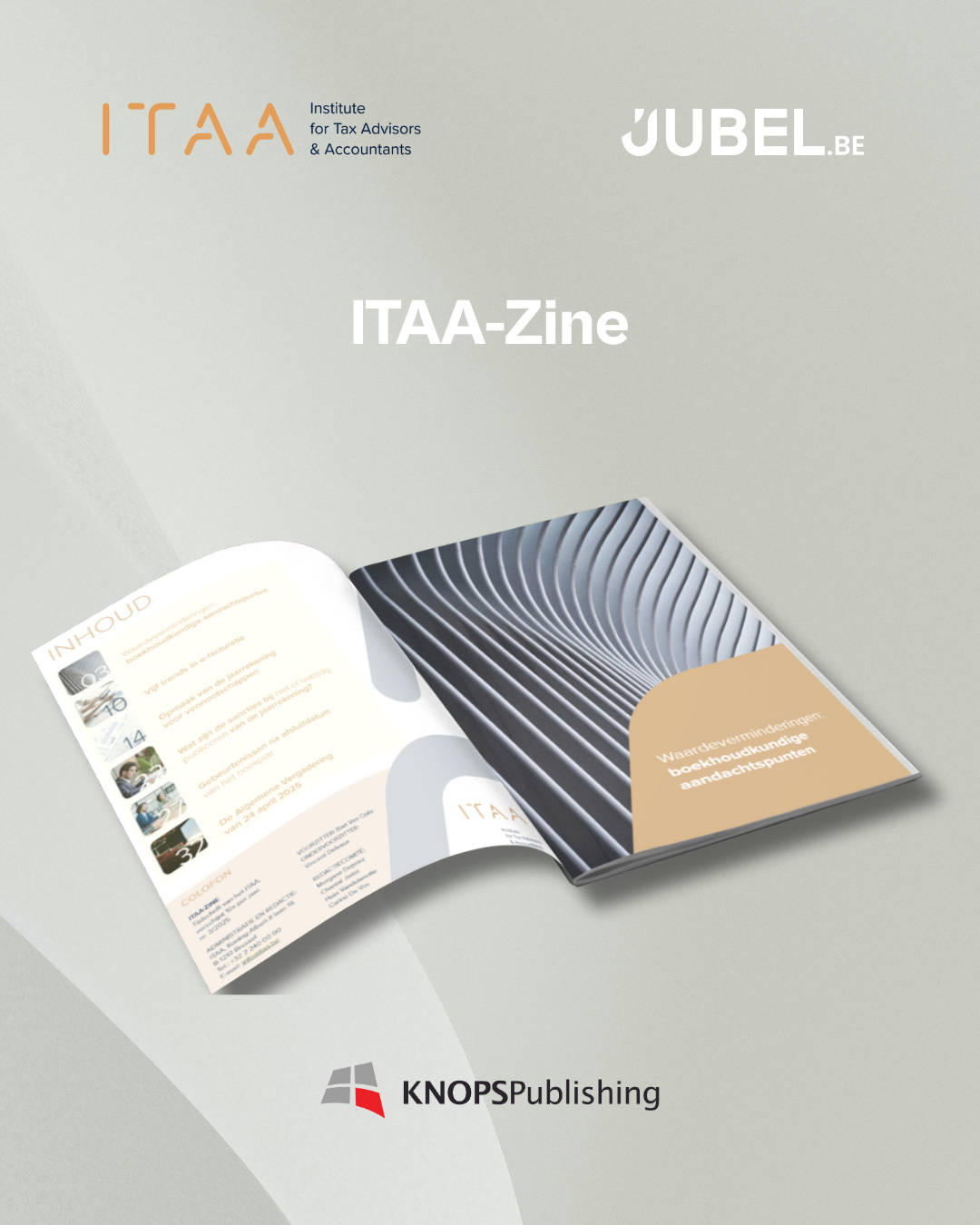The Solvency II directive requires insurers and reinsurers to consider all risks they face in the short and long term and to which they are or could be exposed. If the risks can be quantified, they are included in the Solvency Capital Requirement calculations, according to details laid down in the legal framework. This can be done either via a standard formula or a (partial) internal model. If the risks cannot be quantified, insurers and reinsurers should consider these in the ORSA, the own risk and solvency assessment. In addition the ORSA invites for a short and long term assessment. How more encompassing can a framework be. So what about climate change risk?
by Lieve Lowet
Unlike for banks, insurers under Solvency II need to consider all risks, named and unnamed. Solvency II does not invite for Solvency III like Basel II invited for Basel III: every banking crisis discovered new risks banks had not been regulated for. All risks, whether faced in the short or long term to which insurers are or could be exposed, also when not (fully) included in the Solvency Capital Requirement calculation, should be considered in an insurer’s governance and risk management for which the ORSA is the ultimate cherry on the cake.
EIOPA, the European Insurance and Occupational Pensions Authority, is currently sharpening its thinking: how can climate change be possibly included in the standard formula solvency capital requirement calculation? And more broadly, which are the parameters that could be used in climate change-related scenarios that insurers and reinsurers can adopt in their ORSA, risk management and governance practices. According to a recent survey in which more than 1500 ORSAs were analyzed by supervisors (an ORSA is not a public document), as well as more than 800 SFCRs (publicly disclosed Solvency and Financial Condition reports) and annual reports, EIOPA had to conclude that only a small proportion of insurers referenced to climate change risk scenarios although more recognized that climate change represents a risk. Is it then any wonder that EIOPA is consulting on an Opinion on the supervision of the use of climate change risk scenarios in ORSA? And that it is reflecting on the CATNAT submodule of the standard formula to consider the effects of climate change? The largest and most sophisticated insurers qualify climate change risk as a potential tsunami on which there is a large sense of urgency needed. Underwriting and investment experts should be talking to each other and exchange and integrate their knowhow from a climate change perspective, and climate change analysis should not only relate to the existing portfolio but also to the acquisition of new business and assets. This means that insurers should make climate change risk an integral part of their governance and risk management processes. DNB, the Dutch supervisor already includes the knowledge of climate change risk in its fit and proper assessments of Board members, depending on the nature, size and complexity of the insurer.
The Solvency II regulatory framework, developed under the guidance of a Belgian architect, is considered to be world class and has inspired many prudential systems worldwide, from Mexico to Japan. Enough leeway has been built into the regime to allow smart and forward looking insurers to cross-functionally integrate climate related risk already today in their governance and risk management. There is no need to wait for new regulation.
| The author, Lieve Lowet, has a long experience as EU Affairs consultant and lobbyist. She focuses on European dossiers relevant for the insurance and pension sector and has been involved in the Solvency II project since its early stages. From 2003 to 2008, she was Secretary-General for the international mutual insurance association AISAM (now AMICE), which accounted for 15% of the European and 6% of the world insurance market. Prior, she worked for McKinsey as a European banking and insurance expert. |
Lieve Lowet is also the author of the 2020 edition of the European Solvency II law book (KnopsPublishing). This fully revised fourth edition includes the complete Solvency II legislation updated for all amendments till May 2020. It includes also the coordinated EIOPA Regulation and the recent Regulation on Sustainability‐related Disclosures in the financial services sector.
View the table of contents here or order your copy now.






0 reacties